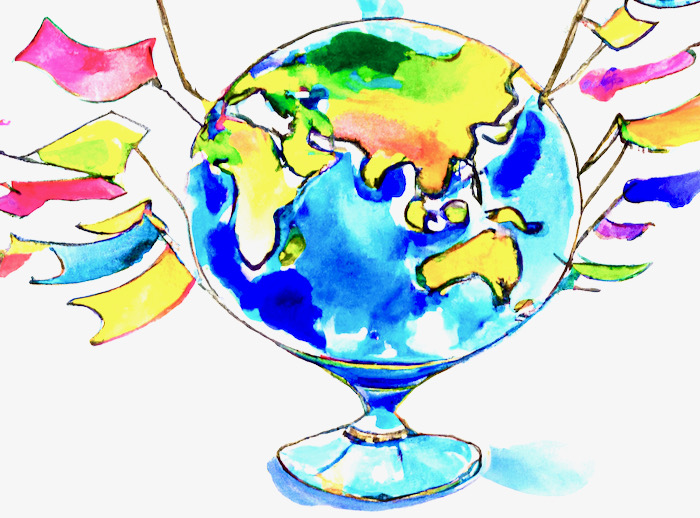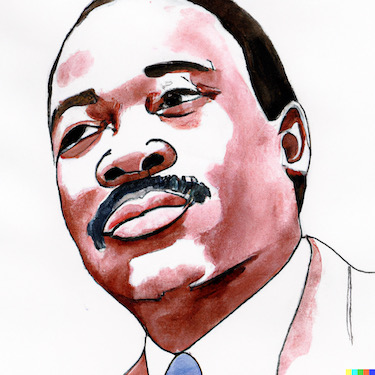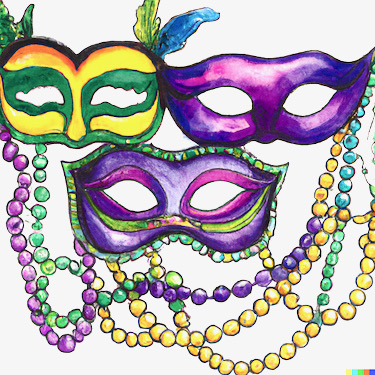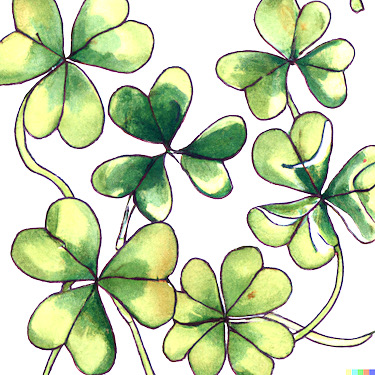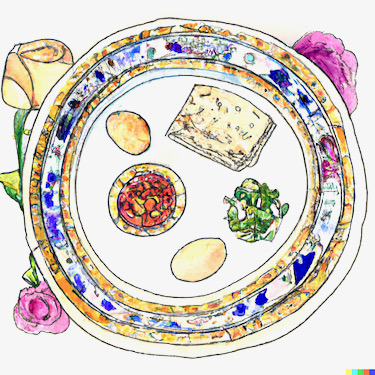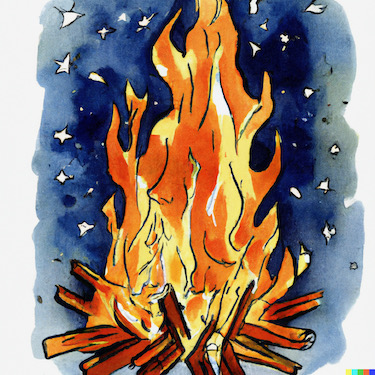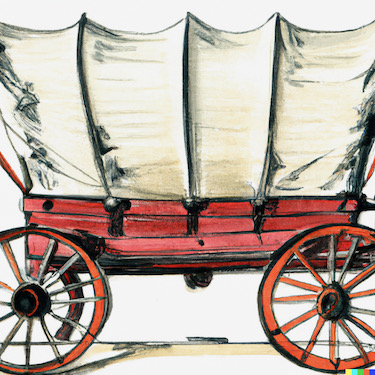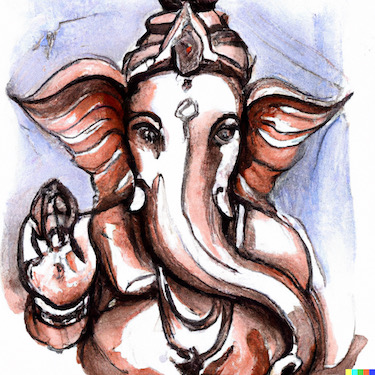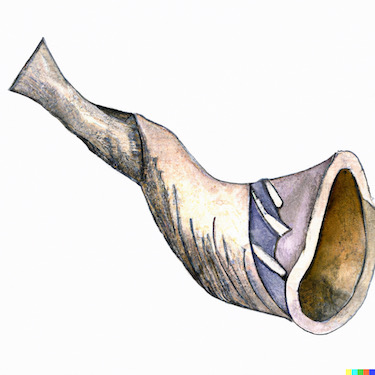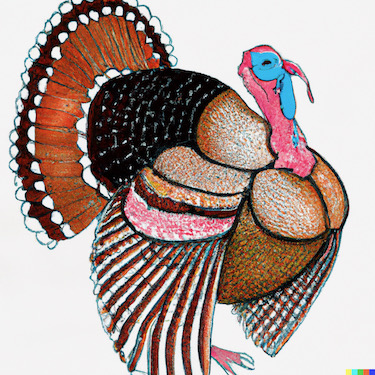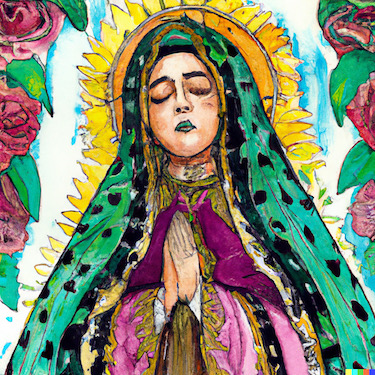SUNDAY, FEBRUARY 1: Today, many congregations and veterans groups nationwide recall four chaplains whose courageous example has inspired generations of interfaith activists. This is Four Chaplains Sunday in participating congregations.
On Feb. 3, 1943, the converted luxury liner Dorchester was struck by a torpedo while crossing the North Atlantic; the ship sank within 20 minutes. Hundreds of U.S. troops and civilians were aboard the ship when it was struck, and as passengers were scurrying to lifeboats, four chaplains—the Rev. George Fox (Methodist), Rabbi Alexander Good (Jewish), the Rev. Clark Poling (Dutch Reformed) and Fr. John Washington (Roman Catholic)—spread out and began helping the wounded and panicked. (Wikipedia has details.) Amid the chaos, the four chaplains were calmly offering prayers and encouraging words. When life jackets ran out, the chaplains already had given their own to others fleeing the ship. The four men joined arms and said prayers, singing hymns as they sank with the ship.
Though Feb. 3 is officially Four Chaplains Day, events remembering the men usually take place on the Sunday nearest to that anniversary. Ceremonies emphasize “unity without uniformity,” a primary part of the mission of the Four Chaplains Memorial Foundation. The Chapel of the Four Chaplains was dedicated by President Harry S. Truman in 1951. In 1988, an act of Congress officially declared February 3 as an annual Four Chaplains Day.
Scholarship opportunity: Each year, the Four Chaplains Memorial Foundations sponsors a scholarship competition for students in grades 5-12, with the challenge of writing an essay, creating artwork or filming a short video about the importance of unity, cooperation and inclusion. This year, the theme is “Undiscovered Heroes,” and the deadline is Feb. 28. (Learn more here.)
